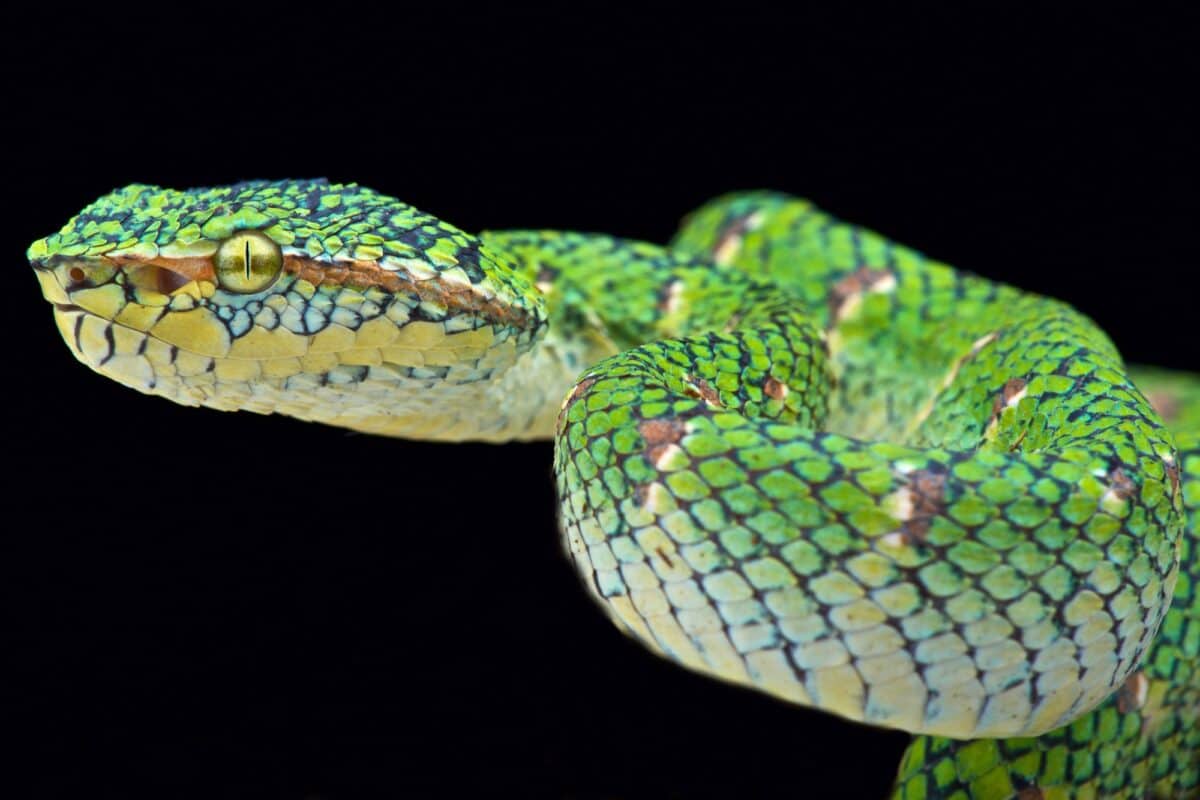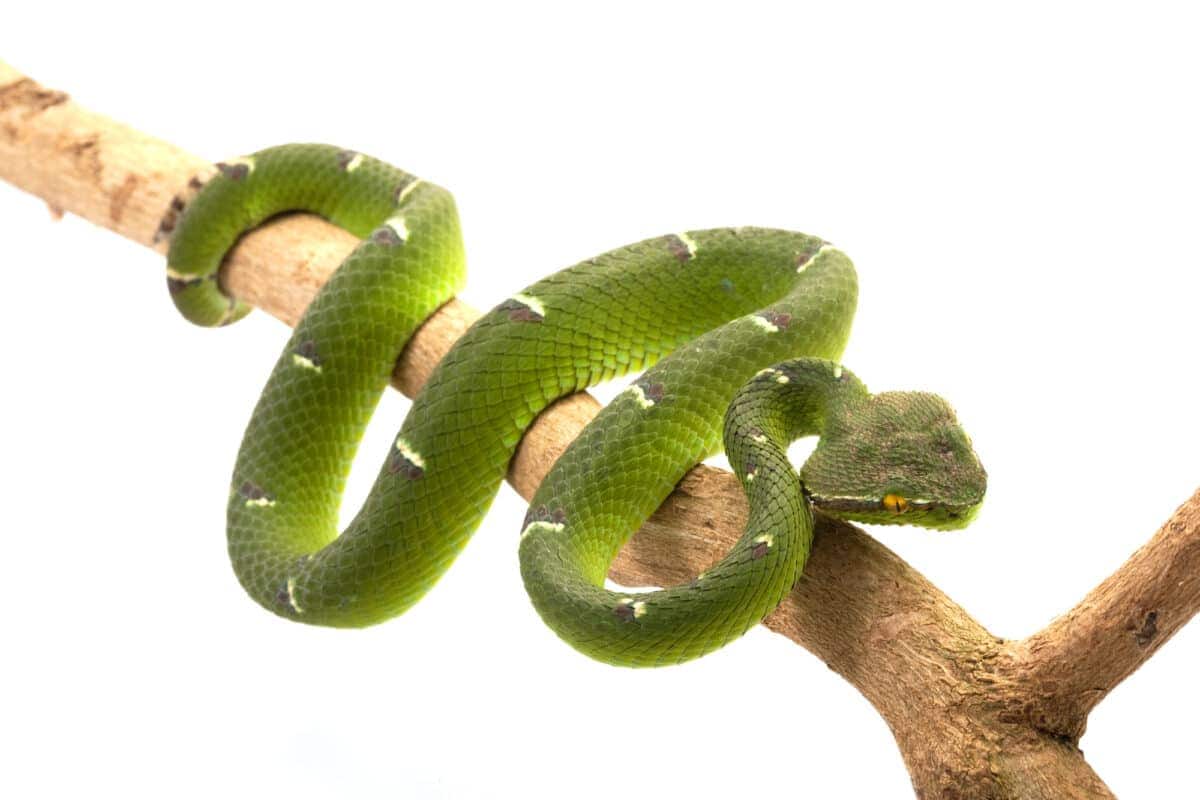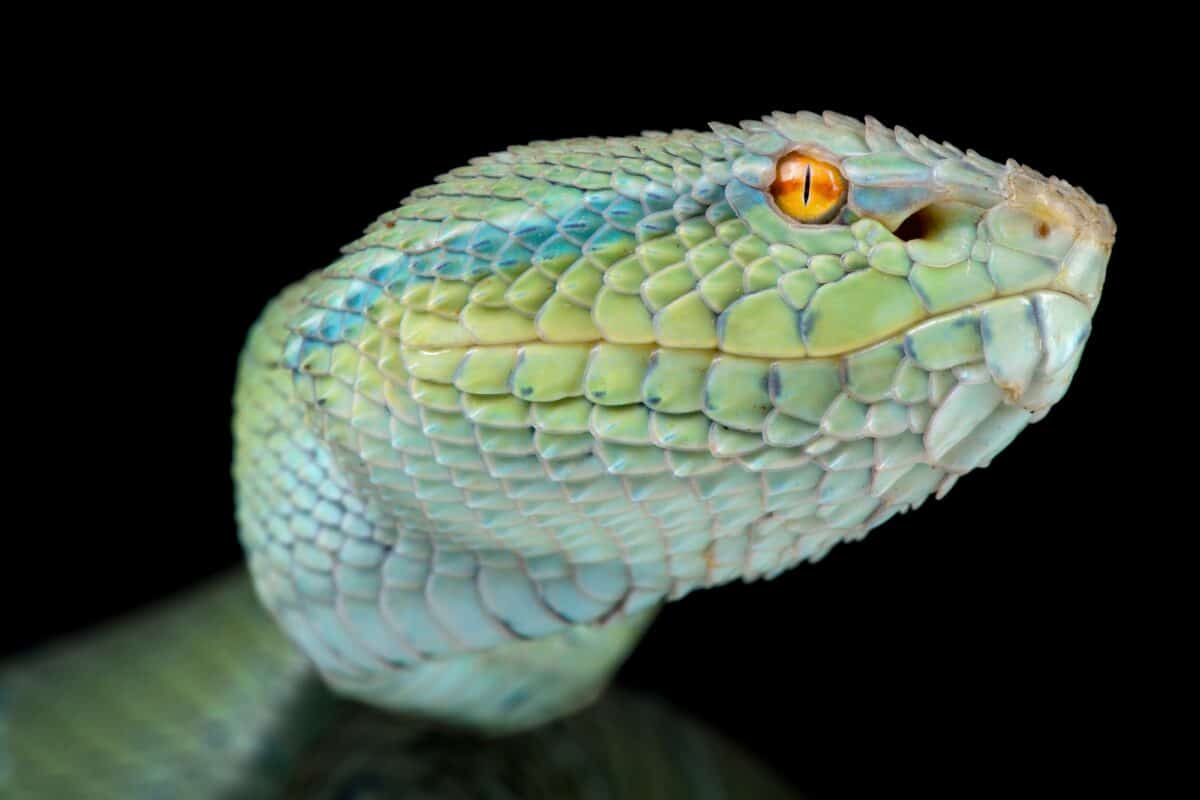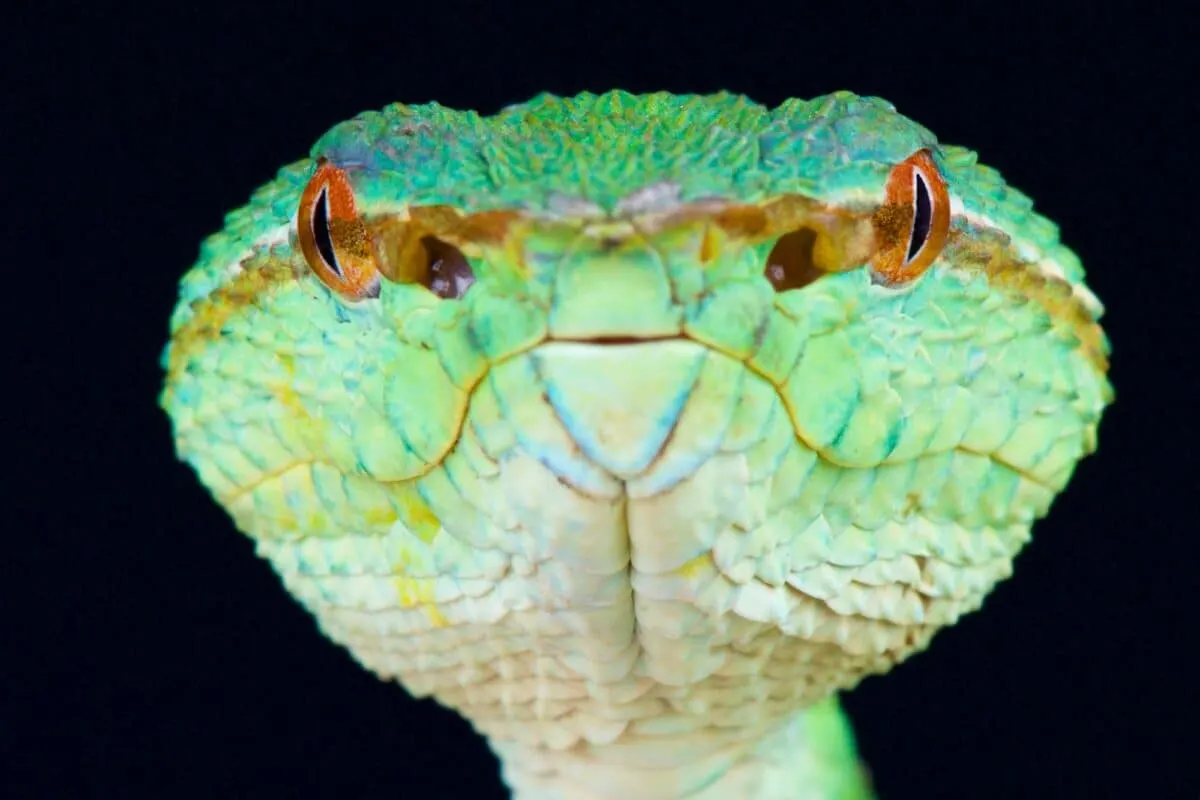In the heart of the dense, lush rainforests of Southeast Asia, an astonishing discovery has sent shockwaves through the scientific community—the largest temple viper ever recorded. This awe-inspiring serpent, with its colossal size and fascinating characteristics, offers us a unique window into the intricate web of biodiversity that thrives in these ecosystems. Let’s embark on a journey to unravel the secrets of this colossal creature, exploring its physical prowess, behavioral nuances, and the implications of its remarkable size on the backdrop of the ever-changing canvas of climate change.
| Key Points | Description |
|---|---|
| Animal | Largest Temple Viper |
| Scientific Name | Tropidolaemus philippensis |
| Location | Rainforest in Southeast Asia |
| Size | 1.35 metres |
| Physical Characteristics | Adorned with vibrant, mosaic-colored scales and intricate patterns on its head; possesses retractable fangs delivering potent venom. |
The Colossus Emerges

Nestled within the tropical landscapes of Malaysia, researchers stumbled upon a behemoth of the serpent world, a temple viper of unprecedented size. Stretching an astonishing 1.35 metres in length, this serpent has beat previous records, capturing the imagination of herpetologists and wildlife enthusiasts alike. Its sheer size raises intriguing questions about the factors influencing its growth and the evolutionary adaptations that enable it to thrive in its unique habitat.
Majestic Physical Characteristics
This colossal temple viper boasts an array of physical features that set it apart from its smaller counterparts. With scales that shimmer in a mosaic of vibrant colors, ranging from emerald greens to rich purples. It Is a mesmerizing sight to behold. The serpent’s head, adorned with intricate patterns, holds retractable fangs capable of delivering potent venom, a testament to its position as an apex predator in its ecosystem. Such physical attributes not only contribute to its survival but also showcase the sheer magnificence of nature’s design.
Enigmatic Behavior

Beyond its imposing physicality, the behavior of this colossal temple viper adds another layer to the mystery. Unlike its more diminutive relatives, this giant serpent exhibits a fascinating mix of ambush and active hunting techniques. Its adaptability in seeking out both warm-blooded prey and navigating the labyrinthine foliage challenges preconceived notions about the behavior of temple vipers. This remarkable versatility makes it a crucial link in the delicate balance of its ecosystem.
Ecological Significance
As we marvel at the grandeur of this colossal serpent, it’s essential to consider its role in the intricate web of life. The temple viper, as an apex predator, plays a pivotal role in controlling prey populations. Thus, ensuring a healthy balance within its ecosystem. The discovery of such a colossal specimen sheds light on the biodiversity hotspots of Southeast Asia. Furthermore, emphasizing the need for conservation efforts to preserve these fragile ecosystems and the unique species that call them home.
Implications of Great Size

The implications of the temple viper’s exceptional size extend beyond its immediate habitat. The discovery sparks curiosity about the evolutionary pressures and ecological dynamics that drive the growth of certain populations. Additionally, the sheer rarity of such colossal specimens raises concerns about potential threats. Furthermore, including habitat loss and illegal wildlife trade, which could further jeopardize the delicate balance of these ecosystems.
Climate Change Chronicles
As our planet grapples with the effects of climate change, these colossal serpents become unwitting witnesses to a rapidly transforming environment. The rising temperatures and changing precipitation patterns in Southeast Asia pose challenges to the delicate ecosystems these creatures inhabit. Understanding the temple viper’s response to these environmental shifts is not only crucial for its survival but also serves as a barometer for the health of the entire ecosystem.
Wrapping Up with the Largest Temple Viper

The discovery of the world’s largest temple viper invites us to peer into the hidden corners of our planet. Thus, where nature unfolds its wonders in ways both breathtaking and mysterious. As we unravel the secrets of this colossal serpent, we are reminded of the delicate dance between species. Additionally, their habitats, and the profound impact of a changing climate. Preserving these majestic creatures and their ecosystems is not just a scientific endeavor. Furthermore, it is a testament to our responsibility as stewards of this awe-inspiring planet.
Thank you for following along with this article –
Next up in the animal kingdom:
- Watch: The Biggest Bison ‘Big Bull’ Ever Recorded with Video (3,800 pounds) - May 1, 2024
- Arrested For Kicking A Bison In Yellowstone - April 30, 2024
- Security Camera Captures Stray Cat Dropping Off A Special Delivery - April 30, 2024

